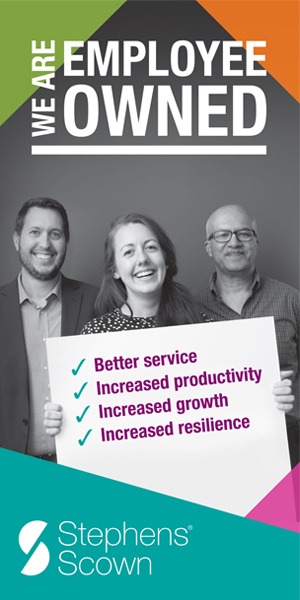
Create a Smarter Workplace
Creating a smarter workplace is a goal for many organisations. It involves the use of technology, workflows, and processes to increase efficiency, morale, and productivity. With the right combination of tools, organisations can create an environment that allows employees to be more efficient, creative, and better connected.
Creating a smarter workplace
1. Assess the current environment: Evaluate the current tools and processes for effectiveness. Identify any areas of improvement, such as outdated software, manual processes, or an inefficient workflow. Once the assessment is complete, it’s time to move onto the next step.
2. The next step is to create a plan to implement the necessary changes. This could involve investing in new technology or tools to improve efficiency, streamline processes, and make it easier for employees to collaborate. It could also involve reorganising the workflow, or creating new policies or procedures.
3. Execute it. Once the plan is implemented, it’s important to monitor the results. Are employees taking advantage of the new tools? Is the workflow improving? Are employees more productive and engaged? Monitoring the results of the changes helps ensure that the organisation is getting the most from its investment.
4. Focus on employee engagement. It’s not enough to just implement the changes. Organisations must also focus on creating a culture of collaboration, innovation, and engagement. Employees need to feel empowered to take ownership of their work and take pride in their accomplishments. Creating a smarter workplace is an ongoing process, but with the right combination of tools and processes, organisations can create an environment that allows employees to be more productive and engaged. With the right plan in place, organisations can create a smarter workplace that will drive greater efficiency, morale, and productivity.
5. Invest in office materials: To help, organisations should also invest in office materials that can help employees stay organised, productive, and engaged. This could include ergonomic furniture, standing desks, like the range available at EZ Shopper, whiteboards and other items that can help facilitate collaboration and productivity. Organisations should also provide employees with the necessary tools and resources they need to be successful. Ergonomic furniture helps the employee to work comfortably, whiteboards can help facilitate brainstorming sessions, and standing desks can help with improved focus and productivity. Take a look at what products are on offer at EZ Shopper. Providing the right office materials can help boost morale, reduce stress, and create a more productive work environment.
6. Redesign processes: Once the technology has been implemented, it’s time to review the existing processes and make adjustments. Streamline any areas that are inefficient and ensure they are up to date with the latest technology.
7. Train employees: After any new technology has been put in place, it’s important to ensure that the employees know how to use it. Provide training sessions and tutorials to help them understand and maximise the new technology.
8. Encourage feedback: Ask for feedback from employees on the new technology and processes. This will help to identify any areas where there may still be room for improvement. Set incentives: Set incentives for employees that use the new technology and processes efficiently. This will encourage them to use the technology and help them see the value of it.
For instance, using human resources software by SenseHR can make these processes much more efficient by simplifying performance evaluation through features like 360-degree feedback.
This software's also helps to manage a lot of tasks efficiently, including measuring, reviewing, and enhancing performance. This not only conserves valuable time and resources but also empowers employees to devote their energies to more strategic initiatives, resulting in greater business growth.
Some of the tools and techniques that can be used to increase efficiency, morale, and productivity in the workplace include:
● Automation: Automation is a great way to streamline processes and reduce the time spent on mundane tasks. Automation can be used for everything from scheduling to data entry to customer support.
● Collaboration tools: Collaboration tools are essential for keeping teams connected and allowing them to work together effectively. Popular tools such as Slack, Skype, Asana, and Trello can help teams communicate and collaborate more efficiently.
● Project Management Software: Project management software can help teams organise tasks and workflows, set timelines and deadlines, and track progress. Popular project management software includes Asana, Trello, and Jira.
● Employee Recognition Programs: Employee recognition programs are a great way to show appreciation and motivate employees. This can include anything from verbal recognition to rewards and incentives.
● Flexible Working Arrangements: Flexible working arrangements such as remote working or flexible hours can help employees achieve a better work-life balance and increase their productivity.
● Employee Engagement Activities: Employee engagement activities are a great way to boost morale and help employees feel valued. This can include team building activities, outings, or even just a fun break from work.
Employers can also invest in technology to help streamline processes, reduce errors, and improve overall efficiency. Finally, employers should focus on creating an inclusive and supportive environment where employees can thrive and do their best work.
Written by Michelle Blando.













